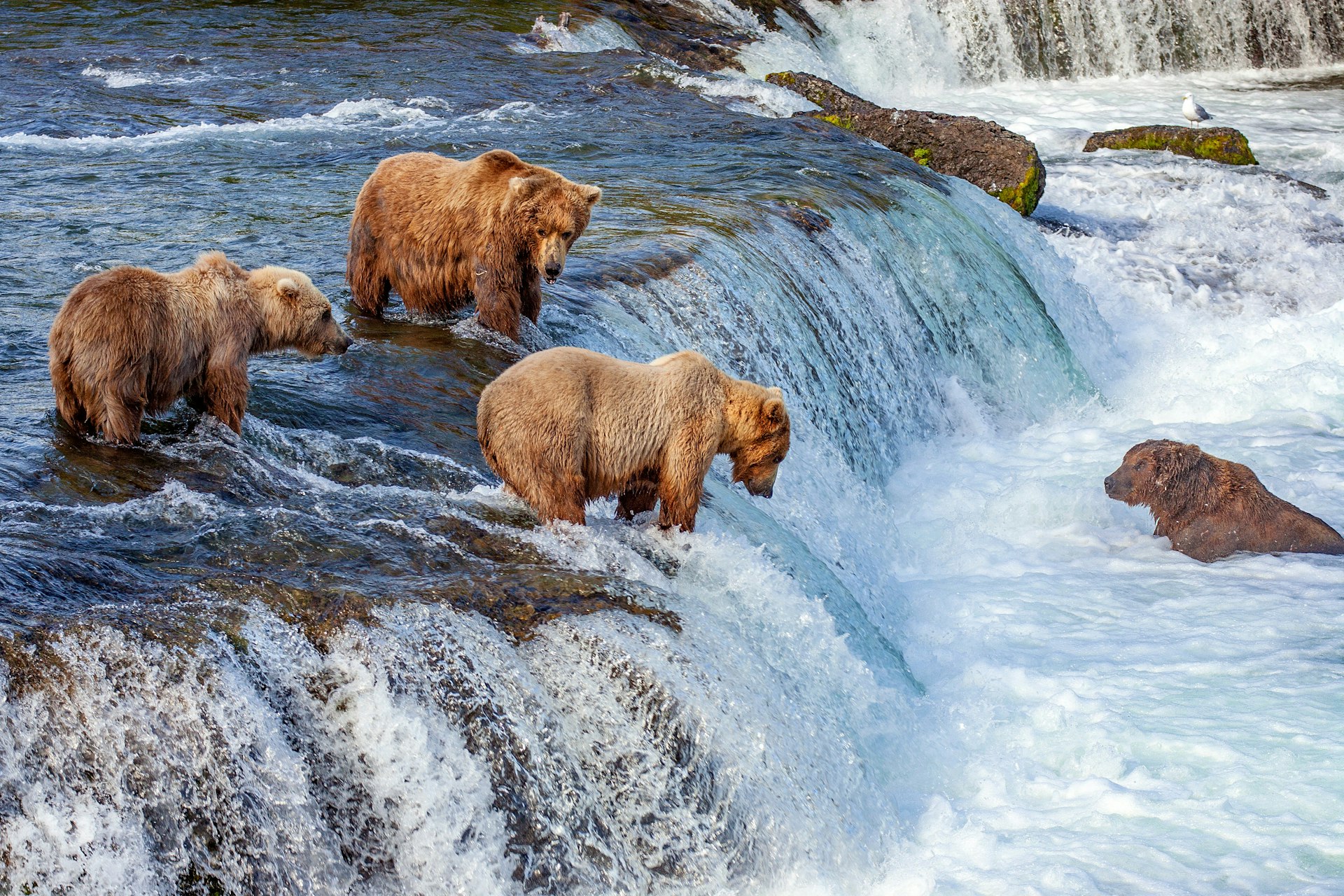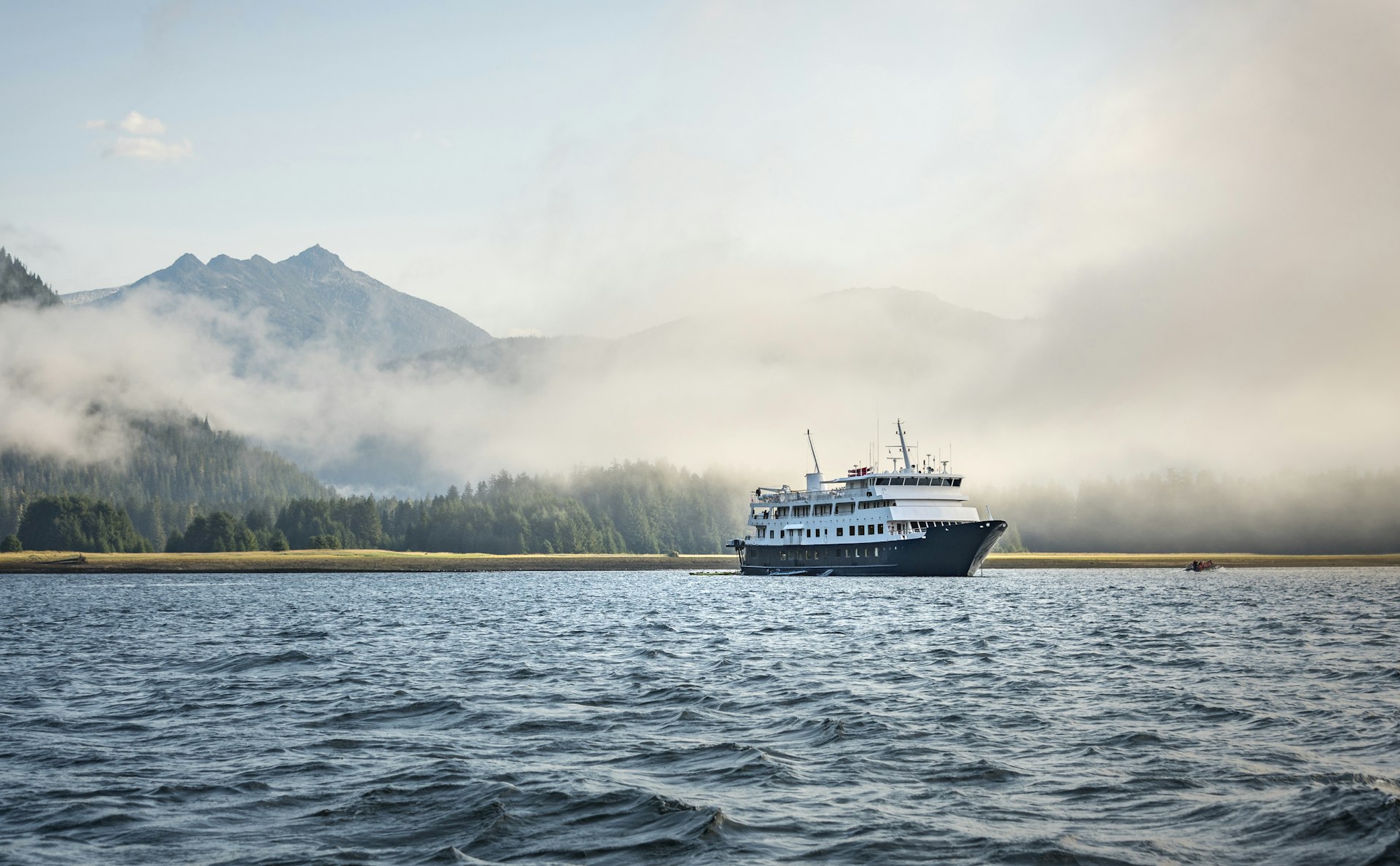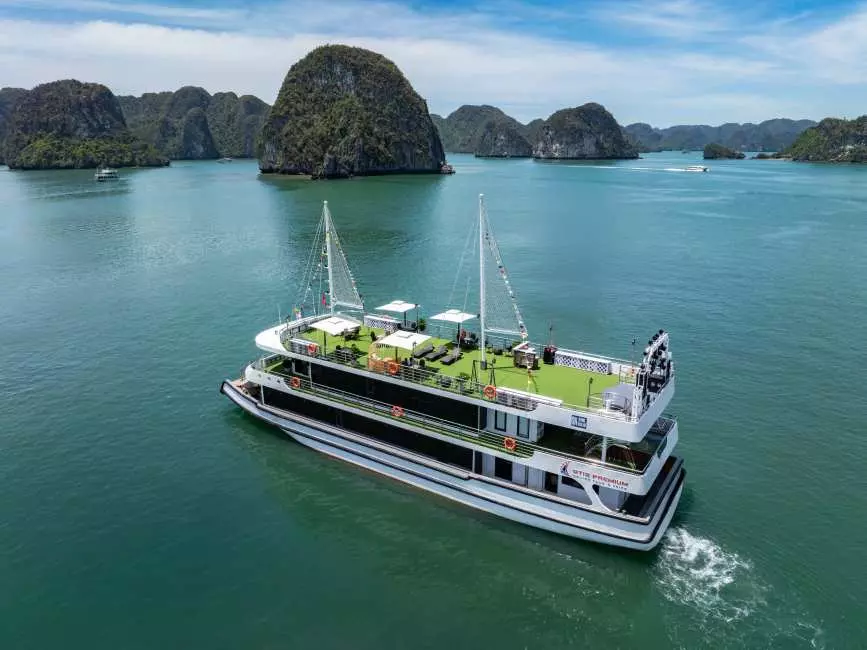Twenty-four-hour darkness and sun at midnight. Ice-worm festivals and sweltering outdoor salmon bakes. Sun-dappled rainforest and freezing-cold arctic tundra. Your visit to Alaska will be very much impacted by when and where you choose to go.
In a state that practically invented social distancing, you’ll rarely encounter crowds, but costs can be high, and the weather can deliver an uncomfortable shiver even in spring and fall. Here are some pointers on what you can expect from the Last Frontier depending on the season you choose.

May to September is the best time for wildlife viewing
Summer is the best all-around season to visit Alaska. You can hike late into the evening (the sun never sets in the far north), bask in surprisingly balmy temperatures, and enjoy the state’s greatest feature – its spellbinding wilderness – without having to worry about aggressive snowstorms, inaccessible backcountry, and shuttered facilities. Not surprisingly, over 85% of Alaska’s annual visitors arrive between May and September, a large portion of them on cruise ships whose sailings coincide with the warmer weather.
This is the season when almost everything is open – from national park visitor centers to ice cream vendors – and the wildlife is at its most active. Big events like the Kodiak Crab Festival and the Little Norway Festival in Petersburg in May draw cruise-ship crowds in and herald the start of the summer.
Most trails are snow free by June, and Denali National Park opens its main road to buses. Road trippers rejoice as the Top of the World highway opens for traffic, music lovers descend on Anchorage for the Spenard Jazz Fest, and magic unfolds at the Midnight Sun Festival in Fairbanks.
By July, most trails are accessible, migrating salmon attract humongous bears to riverbanks in Katmai National Park and Kodiak Island, and the fishing season is in full swing. The World Eskimo-Indian Olympics showcase the survival skills and athletic abilities of the Indigenous peoples and celebrates their culture.
The continued sunshine means the landscape is almost fully defrosted come August. Take advantage of this with long-distance hikes on high-elevation trails and kayaking excursions. Stay wary of hungry bears in search of ripe berries. The Alaska State Fair kicks off with a series of concerts and celebrations.
Cruise traffic starts to slow down in September, and hikers get the chance to glimpse the northern lights while on the trail. Prices start to drop as the season slows down and fall rolls in early in the north.

April and October are great for those on a budget
The climate of Alaska’s panhandle, the long sliver of land that cuts into British Columbia, is balmier than the interior. If you want to enjoy some early or late-season outdoor activities (including hiking, biking, and kayaking) before or after the cruise ships arrive, April and October are worth considering in this region.
Expect plenty of rain and perhaps a little snow, and bear in mind that a lot of businesses shut up shop when the cruisers go home. As a result, you’ll need to be more self-sufficient during the shoulder months. April brings the spring melt, and everyone starts looking toward the summer bonanza.
Daylight stretches beyond 9pm in Fairbanks, and hiking at lower elevations becomes possible in the panhandle. The Alaska Folk Festival kicks off in Juneau, and winter starts to feel like a hazy memory. Some smaller cruise ships begin their southern Alaska itineraries in early April.
The nights start to stretch out in October, and businesses focused on cruise-ship crowds start to close up for winter. A distinct off-season atmosphere rolls in – this is a great time for independent travelers to save a few bucks. The Alaska Day Festival celebrates the transfer of Russian America to the US, as well as the many cultures found within the Land of the Midnight Sun.

November to March is the best time for the northern lights
Winter is mainly for hardcore travelers. Skiing is popular but mostly local. The state’s small ski areas lack the international reputation of Aspen or Whistler. Other winter activities, such as dog sledding and snowmobiling, are also on the menu.
Winter is very dark and very cold, with cruise-ship-orientated businesses closing and classic outdoor activities like kayaking and backcountry hiking becoming challenging to access. Wild animals are less visible in the snow, including the colossal bears who go into hibernation.
Tourists are as rare as polar bears, but Alaska’s local nightlife is buoyant in larger towns and cities driven by an all-in-this-together sense of community. Sitka WhaleFest in November celebrates the state’s incredible marine life through scientific education, local markets, music and other cultural events.
December brings lower temperatures but all the beauty unique to the Alaskan winter. Clearer skies mean the ice-crusted face of Denali is more visible than it is in the summer – rent a snowmobile and bring your camera. Winter solstice celebrations abound and draw everyone together.
Only the brave visit Alaska in January, but the lack of sunshine does bring an upside – the aurora borealis (northern lights) is more spectacular during the longer, darker nights, particularly in the north around Fairbanks, and you’ll have the ski slopes pretty much to yourself. You can even take a ride on the Aurora winter train between Anchorage and Fairbanks.
The freeze continues in February, with temperatures struggling to break above 0ºF (-17.8ºC), but weak rays of sunlight filter back to the dark settlements in the far north. The famous Yukon Quest draws hardy spectators to Fairbanks, and the Cordova Ice-worm Festival wraps up in a blaze of local glory.
March remains chilly but brings glimmers of light to the horizon. With longer days and slightly less frigid temperatures, March is possibly the best month for winter activities and welcomes one of Alaska’s biggest events, the Iditarod dogsledding race.

